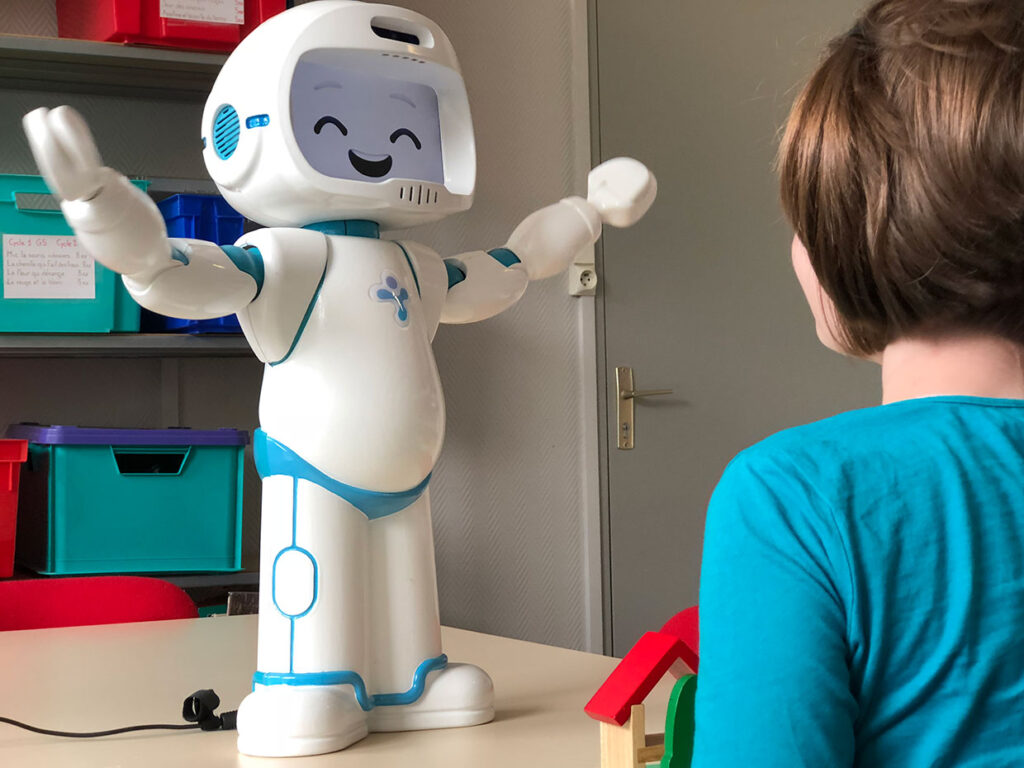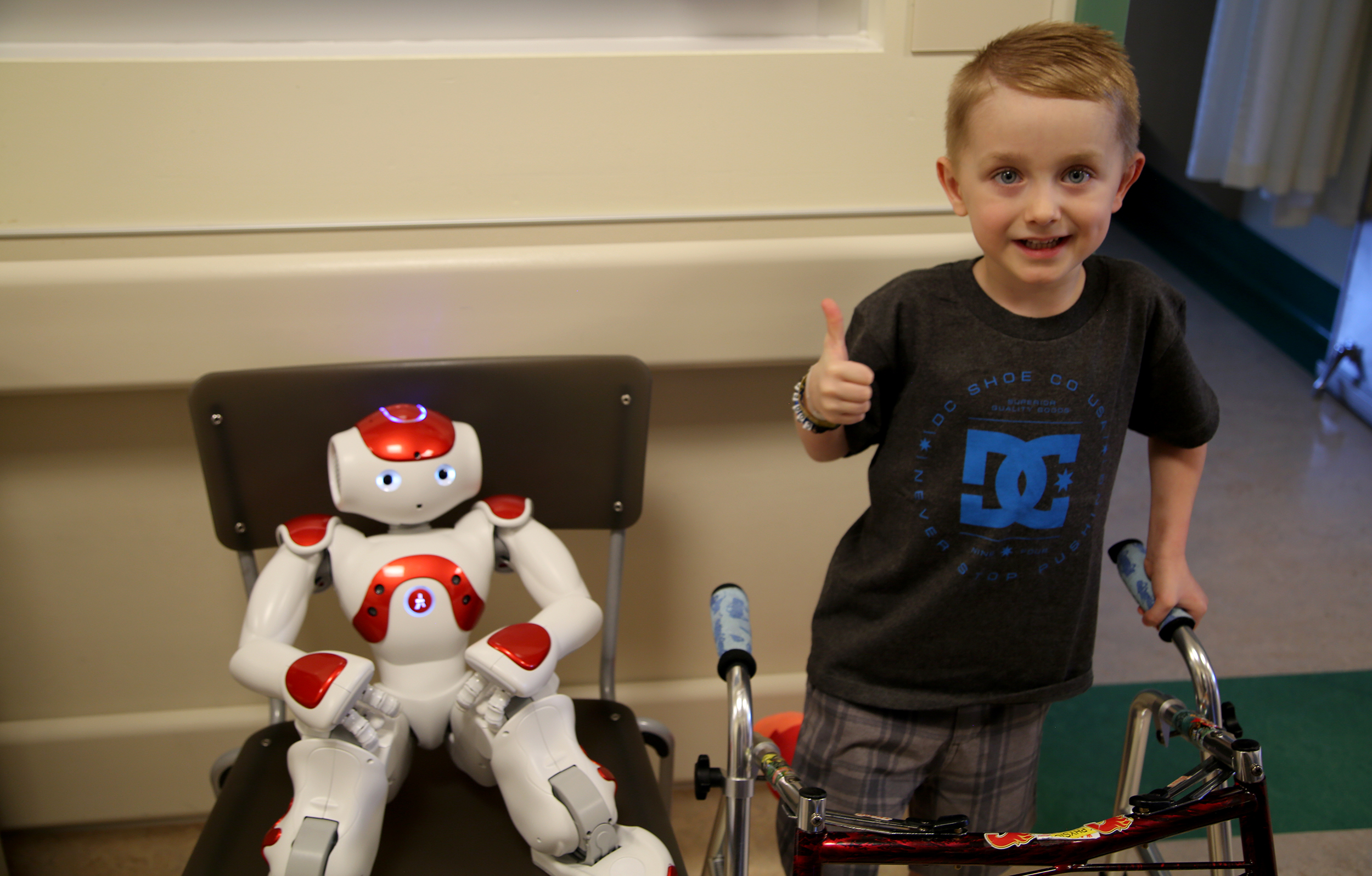The study options at the academic level in primary and secondary have opted to implement new avant-garde themes that introduce principles of programming, engineering and construction. Currently, there are game kits and educational robots that primary school students can assemble in the classroom with the help of the manual and the teacher, promoting robotics for children in these spaces.
Robotics is a field of study that is responsible for the design, manufacture, operation and programming of robots, highly functional machines that can perform various tasks for which they are programmed, even giving birth to the term ” intelligent robot “.
How is robotics for children taught?
At present, educational robotics has been implemented in schools to instruct young people and children in this great and complex field of engineering. The demand has been so great that teaching methodologies have been designed around kits and materials that allow the creation and programming of robotic devices, which turns out to be a very didactic learning technique.
It is important to recognize, then, that beyond the presentation of theories and information to students, the robotics kit is the one that has given the most results when it comes to teaching.
Benefits of robotics for children in the classroom
Among the benefits of robotics for children we can mention that:
- They are entertaining and enriching experiences for the child, exposing them to learn about electronics, robotic engineering and programming.
- He exponentially increases his spatial intelligence by having to make and visualize the assembly of objects in his mind.
- It reinforces learned knowledge, providing excellent results in students of all ages, stimulating the imagination, boosting confidence and also helps them develop motor skills.
- Through trial and error they learn to solve technological or scientific problems that arise, this can be extrapolated to many situations of daily life, so it will help them to improve, and help them handle problems and complicated situations of life.
- They know the scientific method and technology. They will know where to look for information and have the basics of programming languages.
- Encourages exploration in a natural and playful way. Educational robotics helps develop curiosity and experimentation, as well as creativity and talent.
- It reinforces self-esteem and teamwork, since students feel part of a project carried out together and share their achievements.
- They develop other forms of communication and learning beyond traditional methods.
- Develops his logical, critical and analytical thinking by having him think for himself.
- Beginning with computational thinking, this type of thinking breaks big problems into smaller ones that are easier to solve.
Skills that can be developed with robotics for children

These activities strengthen the following basic learning skills:
- Linguistic competence: children or adolescents learn to communicate with each other to build the children’s robot, expressing and sharing their ideas to interact with their peers to achieve assembly.
- Technology skills: they learn basic mechanical principles such as the operation of axes, gears, motors and sensors. This competition is developed when students are introduced to the basics of robotics for children, applying and observing the result of their construction with their way of seeing reality.
- Learning to learn: they experience a method of progressive learning autonomously through the construction and programming of robots that stimulate their interest in learning and persist over time with their team tasks.
- Social skills: they work in small groups and have to interact and actively participate in the construction of the robot, encouraging cooperative work and the development of values such as respect and tolerance towards others.
- Sense of initiative and entrepreneurial spirit: children and adolescents get involved during the construction of the robot and take responsibility for the project, assuming and managing their own work. Likewise, they express their ideas and carry them out, developing their creative and self-motivation capacity, promoting learning.
Robotics Kit – What is it and how does it work?
The kit is an essential tool for educational robotics, since it has the components that will allow the robotic device to be assembled. There are kits aimed mainly at children and others at adolescents, both allow children to take action in terms of manufacturing, programming and modifying the built robot.
A kit is made up of a whole series of electronic modules, more than a dozen, which include many things, from the programmable motherboard that controls all the systems, to the motors to direct the robot ‘s movements, infrared and light sensors, a bluetooth module, batteries and among other components.
Each kit is different: some allow for much more open and varied modification, while others are more specific when it comes to building the robot. They will be able to build robots, animals, cars, arms, etc.
Robotics kits for children that you can give to the little ones
Many of the robotics kits for children have been implemented through the LEGO Education methodology, which allows students to discover and experiment autonomously, carrying out functional learning. Students can see the result of their programming and link their knowledge with the way they perceive the real world.
Among the most used kits and that you can easily get on Amazon are:
Beebot
To start with the principles of robotics for children and what it implies, Beebot is an excellent toy, which although it may not seem very professional. It is a toy robot in the shape of a bee which is programmable and very easy to use, with more than 30 actions for children to have fun and learn at the same time.
LEGO WeDo
LEGO robotics is full of educational proposals for the little ones, and with LEGO WeDo robotics they will be able to create 12 models with simple sensors and program them with a very intuitive and easy-to-use system.
Elegoo Robot Car Kit
This robotics kit for children is born from the initiative of STEM education, or also referred to as STEM (Science, Technology, Engineering and Mathematics), where children will learn about programming, electronics, assembly and a lot of robotics and interactive fun while making a robot. robotic car that they can drive with the help of a bluetooth connection.
To assemble it, the guidelines of the instructions will be followed and an adult is needed to help, since it is aimed at slightly more adult audiences.
Lego Mindstorms Education
LEGO Mindstorms Education is the recommended robotics kit for boys and girls ages 10 and up. These kits can be viewed as entertaining experiments and allow them to build and program robots using motors, sensors, gears, wheels, axles, and other technical components.

Leave a Reply